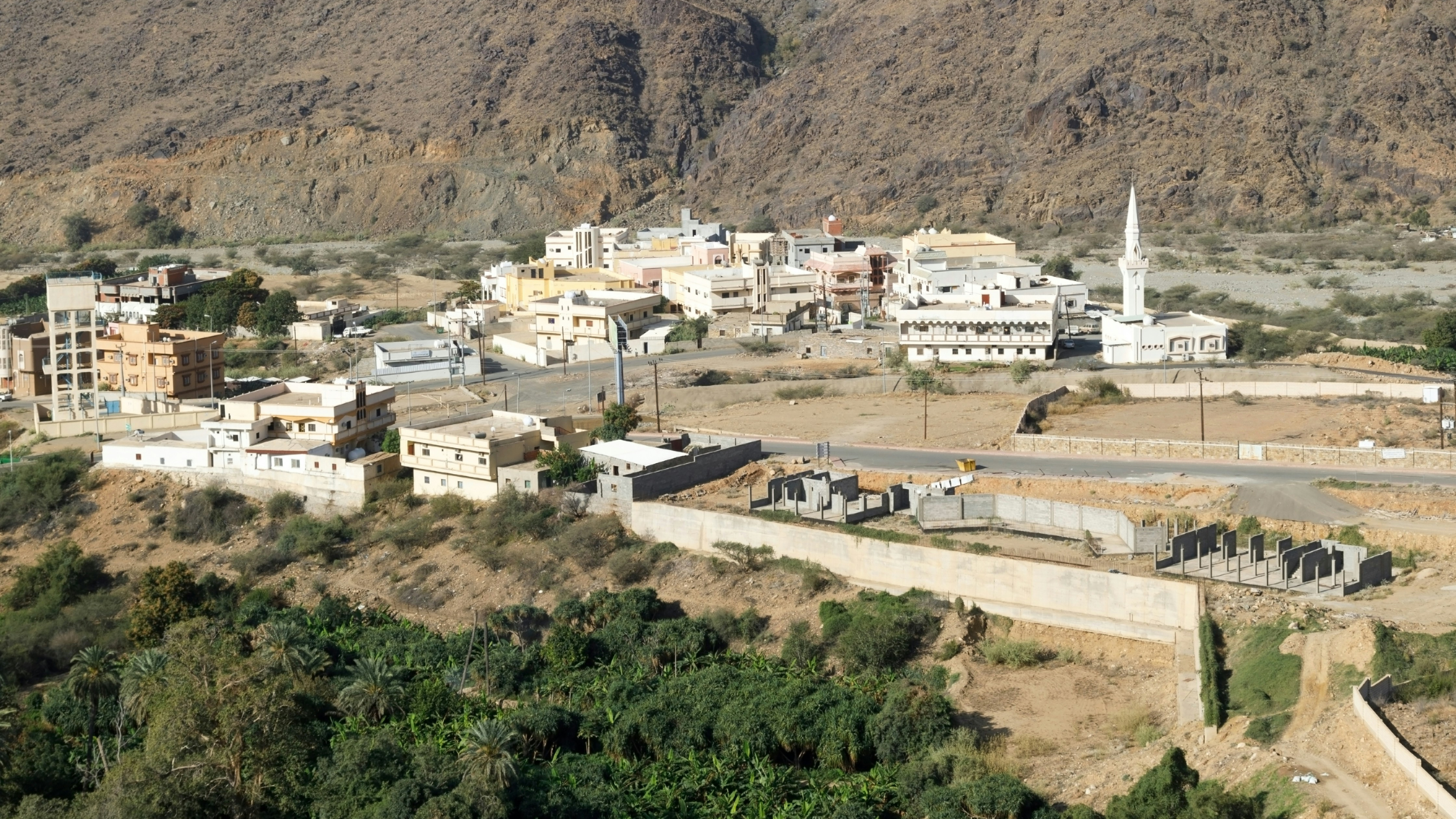This is the world's smallest radio. It's inside a diamond

Researchers have made the world’s smallest radio receiver. Image: REUTERS/Erik De Castro
Researchers from the Harvard John A. Paulson School of Engineering and Applied Sciences (SEAS) have made the world’s smallest radio receiver, built out of an assembly of atomic-scale defects in pink diamonds.
This tiny radio, whose building blocks are the size of two atoms, can withstand extremely harsh environments and is biocompatible, meaning it could work in places as varied as a probe on Venus to a pacemaker in a human heart.

The research was led by Marko Lončar, the Tiantsai Lin Professor of Electrical Engineering at SEAS, and graduate student Linbo Shao, and was published in the journal Physical Review Applied.
The radio uses tiny imperfections in diamonds called nitrogen-vacancy (NV) centers. To make NV centers, researchers replace one carbon atom in a tiny diamond crystal with a nitrogen atom and remove a neighboring atom — creating a system that is essentially a nitrogen atom with a hole next to it. NV centers can be used to emit single photons or detect very weak magnetic fields. They have photoluminescent properties, meaning they can convert information into light, making them powerful and promising systems for quantum computing, phontonics, and sensing.
A diamond radio receiver
This tiny radio has building blocks the size of two atoms. The radio is extremely resilient, thanks to the inherent strength of the diamond. The team successfully played music at 350 degrees Celsius — about 660 Fahrenheit. Credit: Harvard John A. Paulson School of Engineering and Applied Sciences
Radios have five basic components: a power source, a receiver, a transducer to convert the high-frequency electromagnetic signal in the air to a low-frequency current, a tuner, and a speaker or headphones to convert the current to sound.
In the Harvard device, electrons in diamond NV centers are powered, or pumped, by green light emitted from a laser. These electrons are sensitive to electromagnetic fields, including the waves used in FM radio. When NV center receives radio waves. it converts them and emits the audio signal as red light. A common photodiode converts that light into a current, which is then converted to sound through a simple speaker or headphone.
An electromagnet creates a strong magnetic field around the diamond, which can be used to change the radio station, tuning the receiving frequency of the NV centers.
Shao and Lončar used billions of NV centers to boost the signal, but the radio works with a single NV center, emitting one photon at a time, rather than a stream of light.
The radio is extremely resilient, thanks to the inherent strength of diamond. The team successfully played music at 350 degrees Celsius — about 660 Fahrenheit.
“Diamonds have these unique properties,” said Lončar. “This radio would be able to operate in space, in harsh environments and even the human body, as diamonds are biocompatible.”
The research was coauthored by Mian Zhang, Matthew Markham, and Andrew M. Edmonds, and was supported in part by the STC Center for Integrated Quantum Materials.
Don't miss any update on this topic
Create a free account and access your personalized content collection with our latest publications and analyses.
License and Republishing
World Economic Forum articles may be republished in accordance with the Creative Commons Attribution-NonCommercial-NoDerivatives 4.0 International Public License, and in accordance with our Terms of Use.
The views expressed in this article are those of the author alone and not the World Economic Forum.
Stay up to date:
Innovation
Forum Stories newsletter
Bringing you weekly curated insights and analysis on the global issues that matter.
More on InnovationSee all
Awais Ahmed and Srishti Bajpai
November 11, 2025







